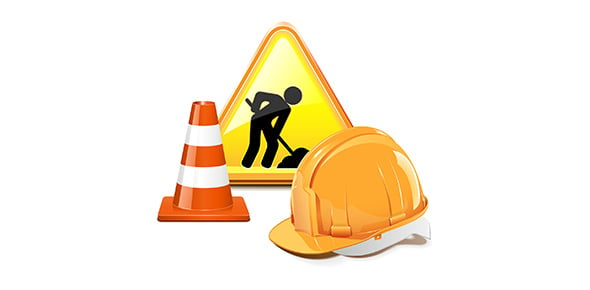Review 1: Introduction To Construction Drawings
- AIA
- ANSI
- ISO
2.
You may optionally provide this to label your report, leaderboard, or certificate.
×
Thank you for your feedback!
















